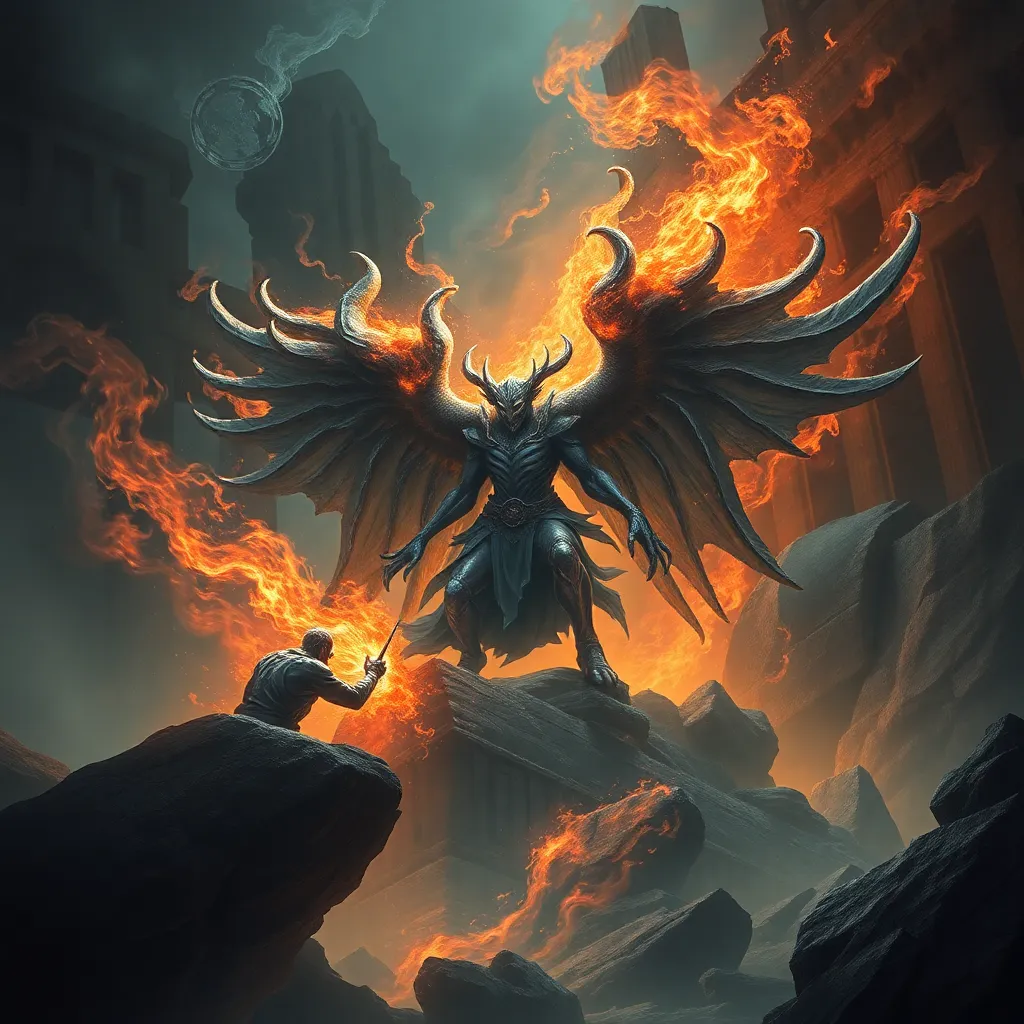Fairies in the Ancient World: Exploring the Roots of Fairy Lore
I. Introduction
Fairies have long captivated the human imagination, embodying a blend of enchantment, mystery, and danger. Often depicted as small, ethereal beings with magical powers, fairies have significant roles in folklore across various cultures. Their significance extends beyond mere fantasy; they represent the intersection of human desires, fears, and the natural world. This article explores the origins and evolution of fairy lore in ancient cultures, tracing the roots of these mystical beings from early civilizations to their enduring presence in modern storytelling.
II. The Historical Context of Fairy Beliefs
To understand the origins of fairy lore, it is essential to examine the historical context of ancient civilizations and their mythologies. Fairy beliefs often stem from humanity’s attempts to explain natural phenomena and the world around them. In ancient societies, nature spirits played crucial roles in everyday life, guiding agricultural practices, weather patterns, and the cycles of nature.
- Nature Spirits: These entities were often thought to inhabit trees, rivers, and mountains, acting as guardians of the natural world.
- Mythological Creatures: Many cultures developed rich mythologies featuring creatures that resembled what we now consider fairies.
III. Fairies in Ancient Mesopotamia
In the cradle of civilization, ancient Mesopotamia, the concept of fairies intertwines with the worship of gods and goddesses. The Sumerians, for instance, believed in a variety of deities and spirits that influenced daily life.
- Connection to the Divine: Fairies were often seen as lesser beings connected to the major gods, serving as intermediaries between the divine and the human.
- Influence on Later Lore: Many of the themes present in Mesopotamian mythology—such as creation, the afterlife, and nature—echo in later fairy tales, suggesting a continuity of belief.
IV. Celtic Influences: The Tuatha Dé Danann
Celtic mythology is rich with tales of the Tuatha Dé Danann, a group of deities often considered the ancestors of the fairies. Their stories reflect a complex worldview where the boundaries between the mortal realm and the Otherworld blur.
- Otherworld Concept: The Otherworld in Celtic belief was a mystical realm inhabited by gods, heroes, and fairies, characterized by eternal youth and beauty.
- Prototype for Fairies: The Tuatha Dé Danann epitomize the qualities often associated with fairies today—magical abilities, ethereal beauty, and a penchant for mischief.
V. Fairies in Ancient Greece and Rome
In the mythologies of ancient Greece and Rome, the idea of fairies evolved into more specific representations, particularly through the figure of nymphs.
- Nymphs: These nature spirits were depicted as beautiful young women associated with various elements of the natural world, such as rivers, trees, and mountains.
- Comparative Analysis: While Greek nymphs were often benign and nurturing, Roman interpretations sometimes portrayed them as more capricious, reflecting a broader spectrum of fairy-like behavior.
VI. The Role of Fairies in Norse Mythology
Norse mythology introduces another dimension to fairy lore, particularly through the concepts of light elves and dark elves. These beings were deeply intertwined with the beliefs and customs of the Viking Age.
- Light and Dark Elves: Light elves were seen as benevolent, associated with beauty and light, while dark elves (or dwarves) were often connected to the earth and craftsmanship.
- Viking Beliefs: The Norse view of these beings influenced later fairy traditions, particularly in Scandinavia, where stories of elves and spirits remain prevalent.
VII. The Transformation of Fairy Lore through the Ages
As societies evolved, so too did the portrayal of fairies. The transition from ancient beliefs to medieval fairy tales marked a significant shift in how these beings were perceived.
- Medieval Fairy Tales: During the medieval period, fairies began to be depicted in literature, often characterized by a more whimsical, albeit sometimes darker, nature.
- Christian Influence: The rise of Christianity introduced a moral dimension, casting fairies as potentially malevolent beings that could lead humans astray.
VIII. Conclusion
In summary, the roots of fairy lore are deeply embedded in the mythologies of ancient cultures. From the nature spirits of Mesopotamia to the enchanting Tuatha Dé Danann of Celtic mythology, fairies have evolved alongside human societies, reflecting our collective understanding of the natural world. The transformation of fairy beliefs through the ages showcases their adaptability and enduring appeal, reminding us of the magic that still resonates in contemporary culture. As we continue to tell stories of fairies, we pay homage to the ancient beliefs that shaped them, keeping the spirit of these mystical beings alive in our imagination.




